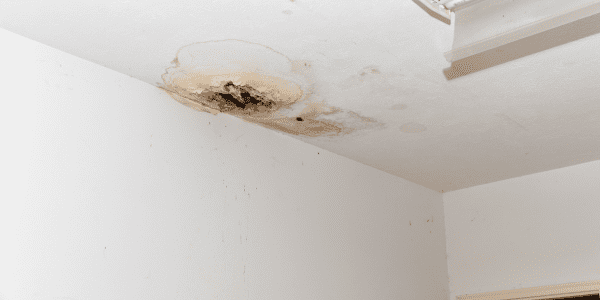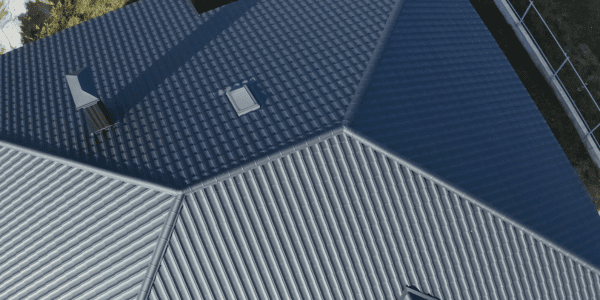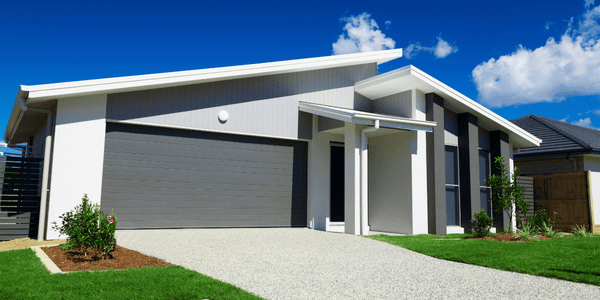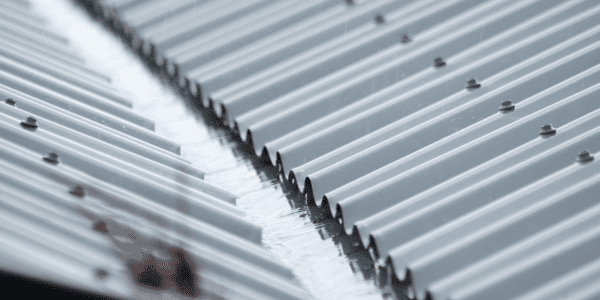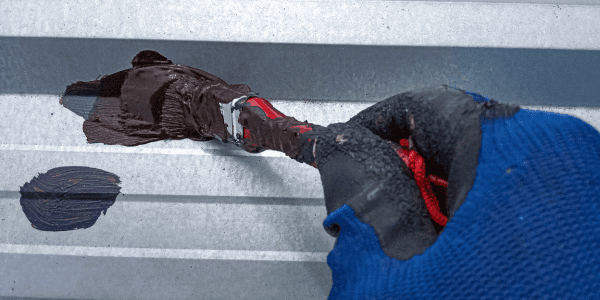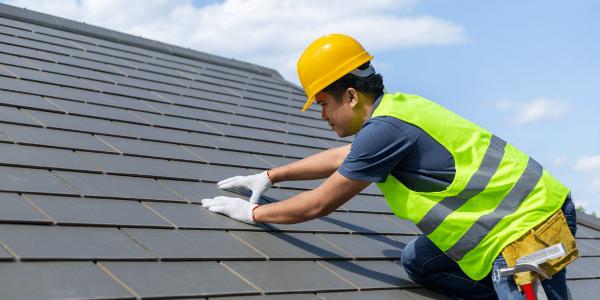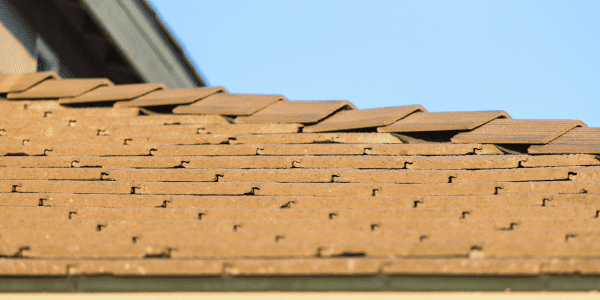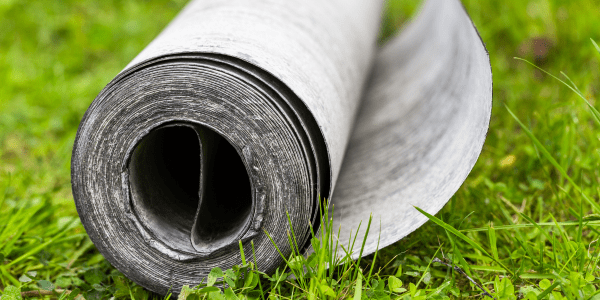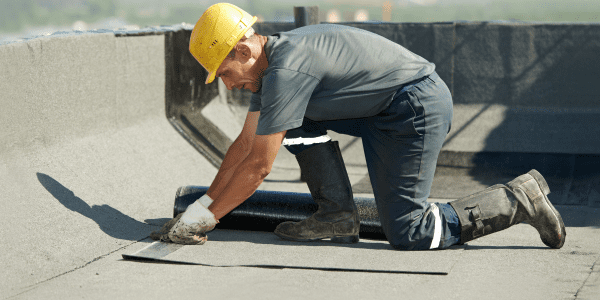How To Find And Fix Roof Leaks
A leaky roof is both annoying and damaging to your home
If left unaddressed, roof leaks can cause excessive damage to your home. Know the signs and causes of a leaking roof and learn how to fix them.
How to find roof leaks
1. Know the causes of roof leaks and how to find them
By knowing what causes a roof to leak, you can be proactive in stopping them.
Roof leaks are generally caused by some form of defect or damage around your roof.
Storms and high winds can damage or dislodge the shingles on your roof, for example.
Furthermore, as your roof ages, the material it is made of will deteriorate. For example, flashing can rust or slip out of place.
Gutters are a major source of leaks if they become clogged. A clogged gutter causes water to pool up and eventually damage your roof.
Openings in the roof such as chimneys and skylights can be susceptible to leaks if they are damaged, old or improperly installed.
Water refracts light, so you should be able to see it easily enough if it is there.
2. Check the roof void
Exactly how to find and fix roof leaks depends on where the leak is.
One of the easiest places to spot leaks is in the attic or roof void.
Take a ladder and torch (ensuring you have a spotter for the ladder) and conduct a visual inspection.
If you see stains, dark spots or dripping water you’ll know there’s a leak somewhere.
If insulation is wet as a result of a leak, you can easily follow the damaged area back to the entry point of the water.
3. Inspect the roof
If you do not have an attic or accessible roof void, your first step should be to look at the roof directly.
Alternately, you should follow up your inspection of the roof void or attic with an inspection of the roof itself.
Look at the roof from uphill or take a ladder and go up onto the roof to examine it.
Ensure you go up during the day when there’s plenty of light and you can easily see any issues.
4. Examine the underside of the roof
Make sure to look in harder to spot places such as the soffit. These can leak as well, causing moisture damage around your home.
You might also have vents near the ridges or gable ends of the roof.
Inspect these as well, as the seals around these vents deteriorate over time, allowing rainwater to spread.
5. Pour water on the roof in dry weather
If you are looking to expose leaks in your roof, you don’t need to wait for the rain.
Instead, get a bucket of water or hose and wet the roof section at a time. Make sure it has not been raining recently and the area is dry.
While you do this, have a friend below check the roof from underneath. They can then check for signs of leakage.
Obviously, the roles can be reversed, and you can do the examining while your friend wets the roof.
How to fix a roof leak
1. Fixing damaged or loose shingles
If your leak comes as a result of a damaged or loose shingle, you have two options.
You can nail the shingle back in place and use adhesive to install the loose shingle back firmly in place.
Alternately, remove the nails holding in a damaged shingle in place. Loosen the adhesive and use a scraper, pry bar or claw of a hammer to lift and pull it away.
Following this, place the new shingle back using nails and adhesive.
2. Using Polyethylene sheet to cover leak
You may also wish to put a polyethylene sheet under the new shingle before installing it to prevent further dripping.
Polyethylene is a type of plastic that is resistant to moisture.
To install a Polyethylene sheet over a vulnerable part of your roof, you should first remove the damaged shingle as normal.
After this, put a polyethylene sheet over where the leak is and then install the new shingle.
3. Small cracks
For smaller cracks, you can use roof sealant applied with a caulking gun.
Do not rely too much on roof sealant as it is not as effective for major issues like a damaged shingle.
4. Roof rolling damage
Roll roofing is a less expensive alternative to roof shingles.
It involves taking a mineral surfaced mat and cutting it into strips. These strips make up the various portions of a roof, which are placed in a horizontal position.
This product is lightweight and less durable than shingles.
5. Leaks in roll roofing
Roll roofing experiences leaking in different ways than shingles.
Blisters and bubbles can form as a result of water and air collecting in spots.
Alternately, the material itself can split open completely.
To get rid of blisters and bubbles, carefully cut it away, making sure to only remove the top layer of the roofing.
Soak up the water using a dry rag, sponge or mop.
Make sure the wet spot dries and then go about fixing the new hole.
Apply roofing cement under the edges of the new hole. Do the same if you’re repairing a tear or spit in the material.
Cut a patch of roll roofing that is 30cm wider than the mended section. Place it over the roof cement, pat it down gently and then secure it with galvanised roofing nails.
To complete this, add a layer of roofing cement over the top, covering the nail heads.
If your roll roofing is asphalt, spread asphalt gravel over the cement to further protect the material.


